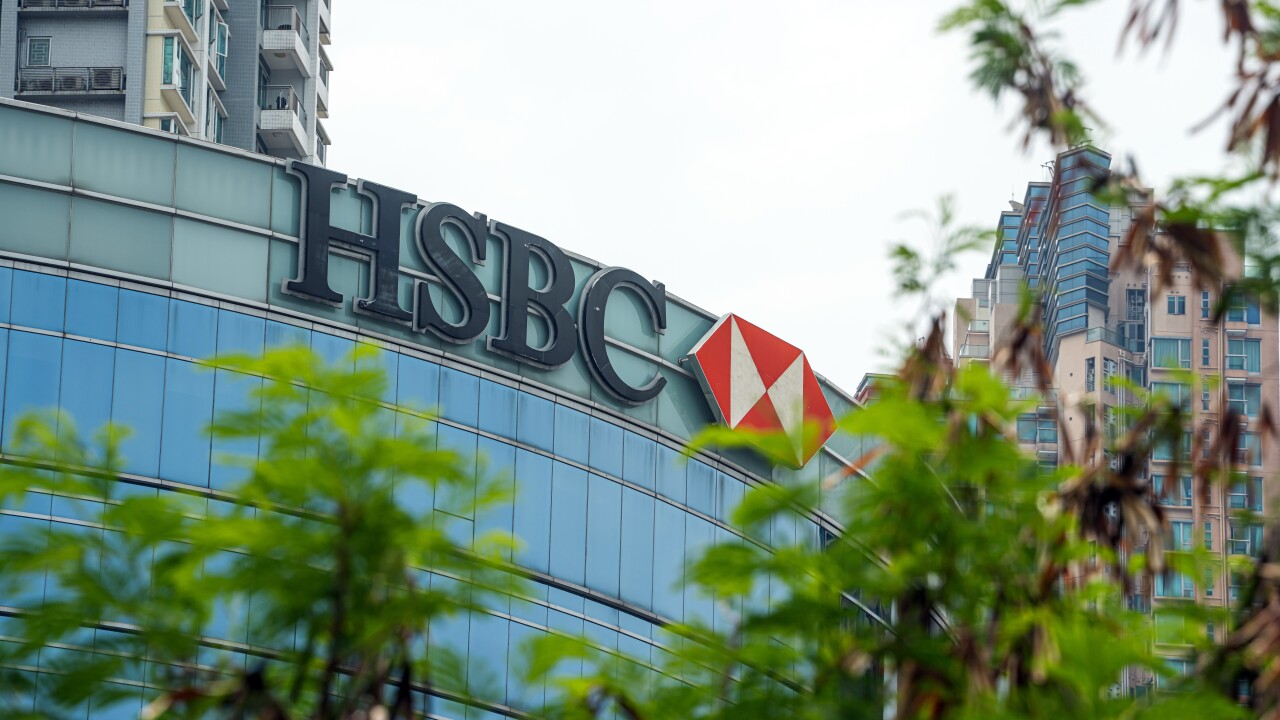The coronavirus pandemic has generated more interest in pay-at-the-pump apps, a growing segment of the payments industry that may not have grown fast enough to be ready for the sudden surge of interest in contactless payments.
While gas stations have had some success with using loyalty programs and decoupled debit cards to change payment habits, they have also been asked to invest heavily in traditional card acceptance — particularly the migration to EMV-chip cards. Some have seen mobile apps as a less expensive alternative to EMV, but that alternative would only be viable if customers overwhelmingly supported the idea.
Already, many consumers are wary about touching PIN-pads and cash for fear of contracting COVID-19 from them. Mobile wallets and contactless cards seem to be a safer alternative, but only if they meet consumers' expectations.
Waltham, Mass-based Mobiquity Inc., a global digital consultancy and builder of pay-at-the-pump apps, compared 500 customer reviews of gas-only apps from BP, Shell and Exxon from April and May of 2019 to those from the same time period in 2020 during COVID-19.
While the current reviews reflected an increased desire for as little contact with the pumps and the payment mechanisms as possible because of COVID-19, they were generally about the same in tone as last year in that there are too many flaws in the apps for them to become a primary payment mechanism.

"The fact that we only saw 500 reviews coming from three of the biggest companies in the world, that tells you these apps are generating just a fraction of the reviews seen in other industries," said Brian Levine, vice president of strategy and analytics at Mobiquity.
"With COVID, fuel sales initially dropped by 40%, but the operators are getting a lift in that people are realizing the benefit of these apps," Levine said. "There are problems with the apps not always working properly or not giving rewards, so they have to actually listen to their customers to fix these problems and tie it into an in-store app, otherwise customers see no reason to use it."
General complaints with gas-pump apps were getting error messages when trying to pay, unable to redeem rewards, not being able to connect to a pump, the app not being able to find the pump location, and an inability to get a paper receipt.
Because of a focus on safety and costs associated with COVID-19, fuel merchants requested and received a reprieve on the EMV liability shift for chip-card acceptance at their pumps. The major card brands agreed to
Well before COVID-19 entered the picture as a global health and economic disaster, various companies like
Through it all,
Interest in the fuel pump apps increased when COVID-19 hit, but also when the companies offering them dropped the need to input a four-digit code to activate the pump, said Richard Crone, chief executive of San Carlos, Calif.-based payments consulting firm Crone Consulting LLC.
"You already have a pre-authenticated payment credential and someone validating through biometrics (on phones using payment apps) or a username and password to open the app," Crone said. "In having an app that knows exactly what pump you are at, plus a paper towel to use when using the pump, the customer is not touching anything."
With some COVID-19 concerns addressed, the more vital aspect of a fuel payment app is that, where applicable, it connects rewards and offers with the adjoining convenience store.
Of the 153,000 convenience stores in the U.S., 80% provide fuel services, Crone Consulting research showed. In calling it "a game of inches" for fuel operators in terms of how close they are to having a successful customer experience through an app, Crone added that 48% of customers also go into the convenience stores when buying gas, with more than 50% of those buying a beverage.
The key is to have the pay-at-pump app also encourage the customer to buy something at the convenience store, or maybe at a vending machine near the pump so that it creates "an Amazon Go next to the pump," Crone said.
Ultimately, advancements in mobile payment apps now could eliminate the need to upgrade to EMV altogether, he added. "It's up to the operators and fuel brands to make the case for their apps and showing meaningful volume in that."
BP joined other major fuel brands — Shell, ExxonMobil and Chevron — earlier this year prior to the pandemic in seeking to
The merchants also cannot overlook the potential to use the mobile app setup at a gas pump as an argument against the card-not-present rates that tend to apply to these types of transactions.
"Whether or not the associations get behind putting EMV off in order to address CNP, the convenience store and fueling industry is actually in the pole position for defining the next round of interchange challenges," Crone noted. "To walk away and just agree to EMV would be like walking away from an opportunity to renegotiate on interchange for all retailers in the CNP area."
But it's not easy for fuel station operators and the major oil companies they represent to look at mobile technology investments in that manner.
"If the senior leadership at these companies see they have an app with 4.4 stars, but no one is coming back and using it again, they will say let's not invest in this," Mobiquity's Levine said. "They would say the app will still be out there for the customers, but if we invest in opening a new store, we will get far more return on that investment than in an app that doesn't have people coming back."
Instead, the timing is good for those companies to fix their apps, connect them to the convenience stores at the stations and stress the safety aspects during COVID and beyond, Levine said.
"We've had success with our pump activations, and we don't think they should be having these problems," Levine added. "But they have to read the reviews and fix the problems."





